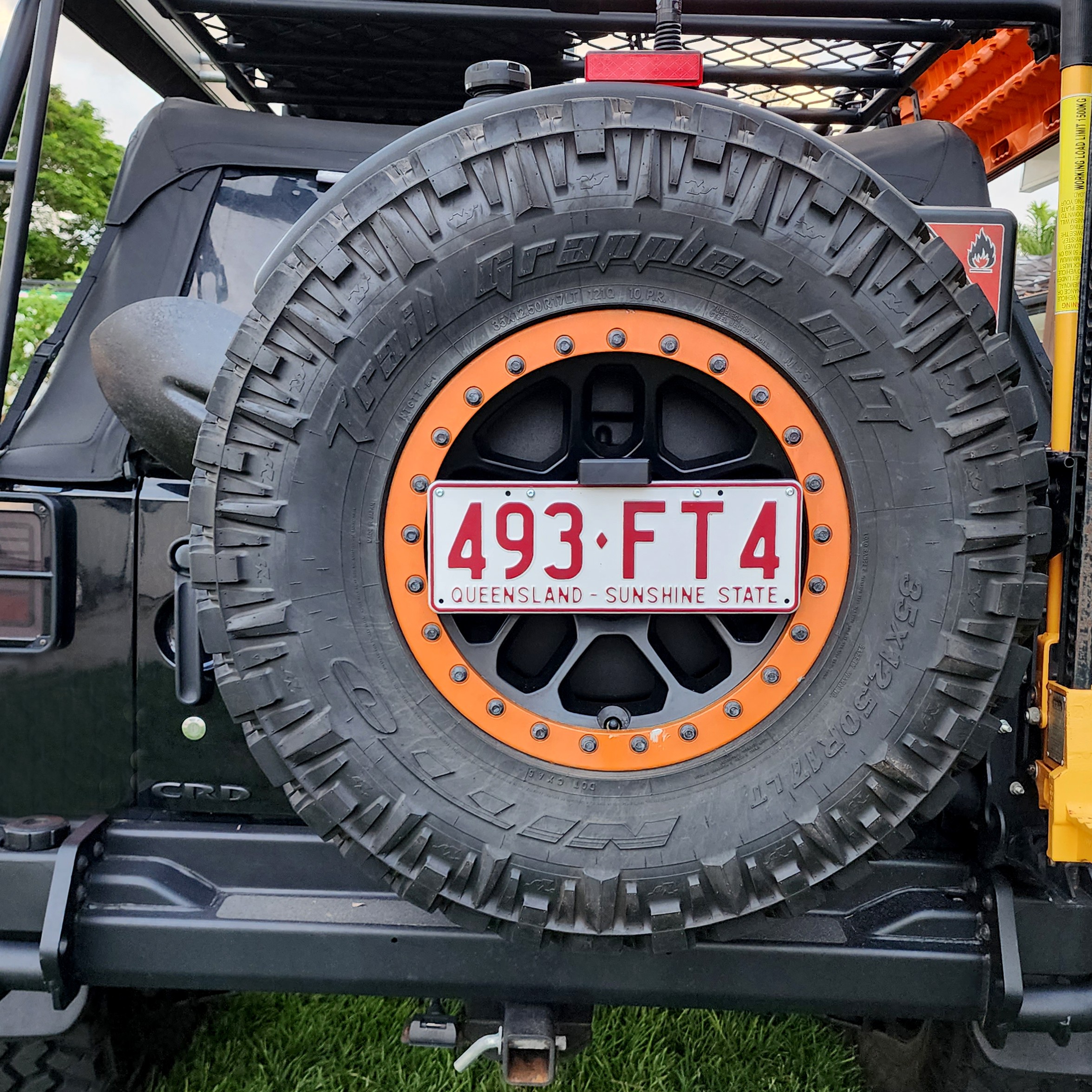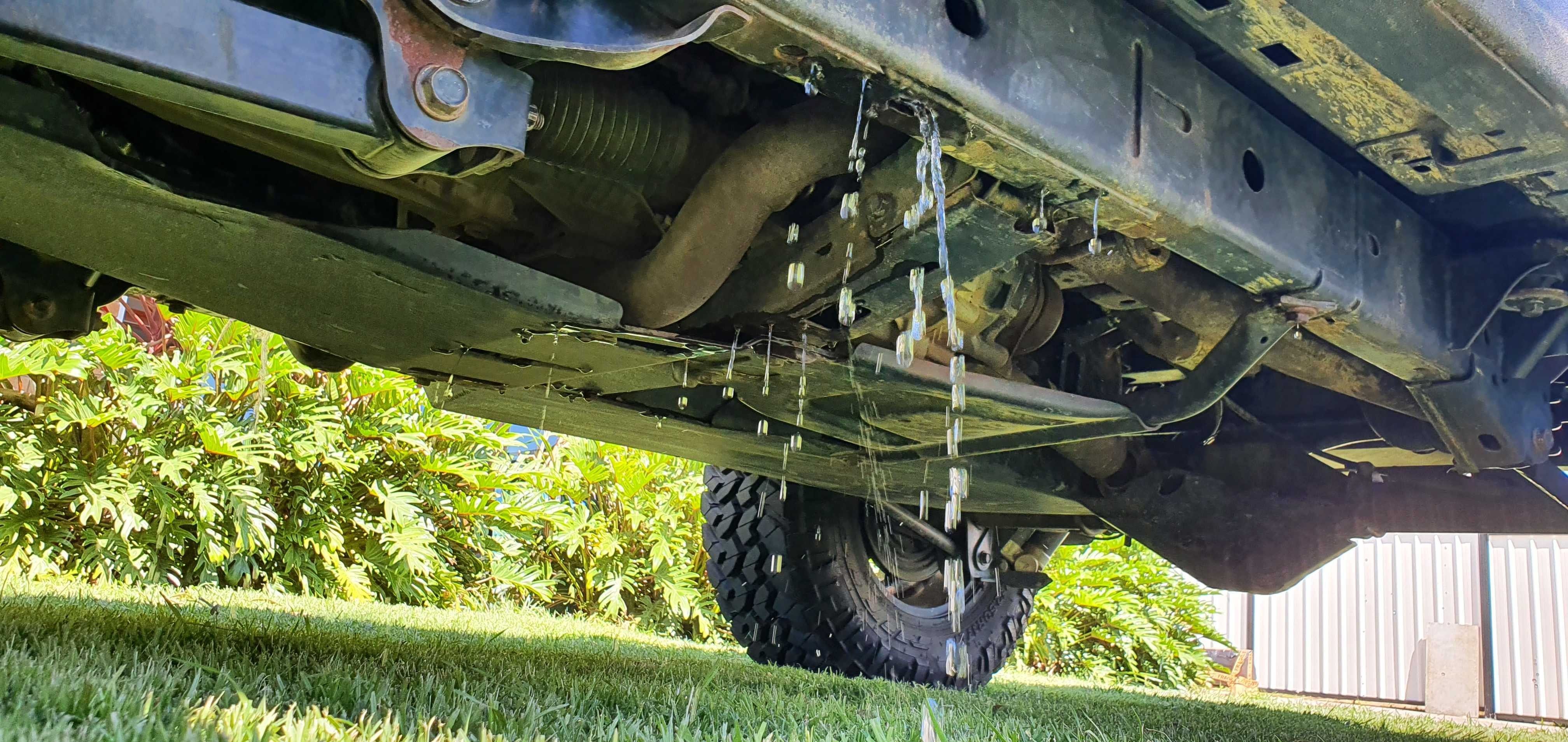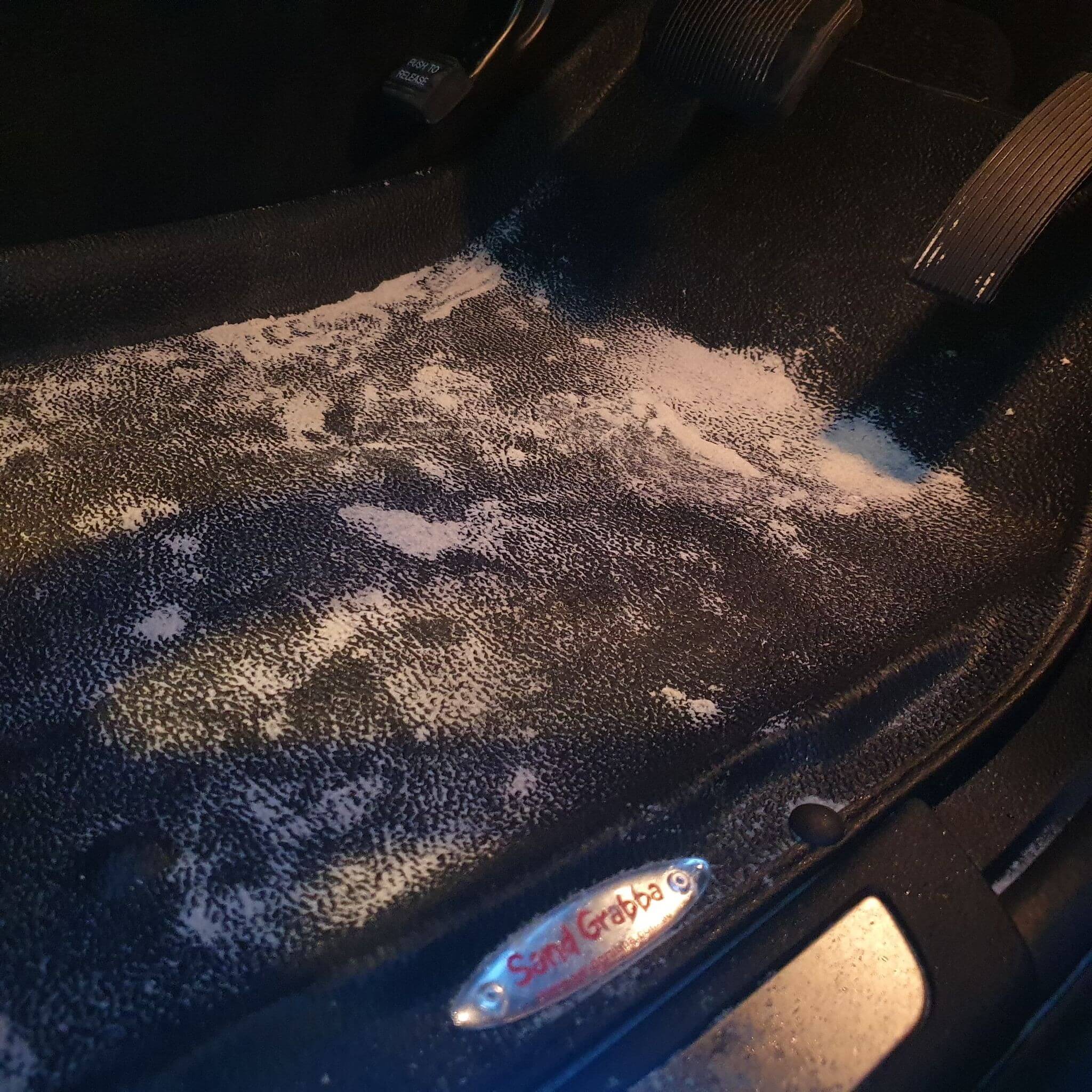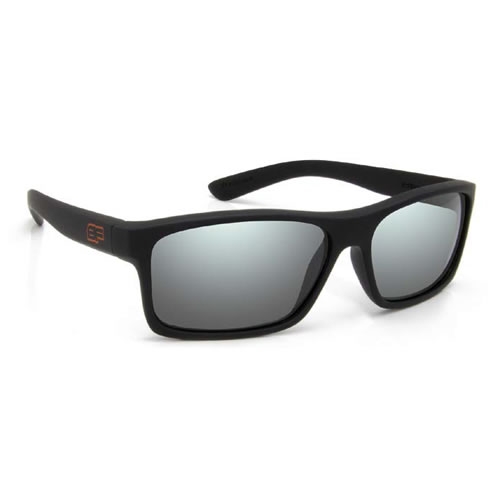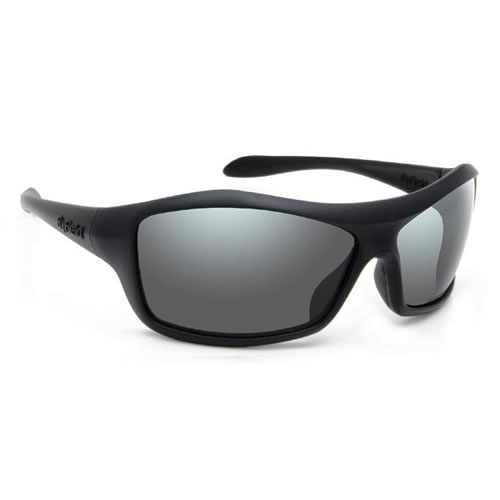Off Road Driving Tips
Off road driving can be a family fun adventure, but knowing the abilities and limitations of yourself and your vehicle is important when heading out touring with your 4wd. Scratching and damaging the body of your 4wd is not acceptable for most 4wders and in order to go offroad without breaking your truck, you need to know a few tips and tricks of the trade!
Everyone from beginners to veterans of the bush can always learn something new. We've put together a bunch of quick tips for you to take on board before you set off on your next trip.
- Read your vehicle owners manual (in the glove box) before you take your truck off road. Learn the functions of your vehicle and what each button does.
- Never go out alone. Even a short trip could end up being costly if you make a mistake. You can't foresee everything that might go wrong, but being prepared with recovery equipment and a maintained vehicle will help. Think about being offroad by yourself and you have an accident or your vehicle breaks down or someone is injured... what do you do next? With another vehicle, your chances of getting home safely are greatly improved.
- Be prepared for anything. Always make sure your vehicle is prepared before going out bush. Have the truck inspected by a mechanic and properly serviced. Do an oil change and check your fluids, brake pads and other consumables.
- Seating position is important.When off road, sit in a relaxed upright position with a loose steering wheel grip taking care not to place your thumbs in the centre section. This will allow you to drive comfortably with less strain on your back. You will avoid hurting your thumbs should the steering wheel pull voilently to one side as you travel over a rock or rut.
- Don't ride the clutch pedal. Keep your left foot clear of the clutch pedal (if you have one) unless changing gears. Use of your foot against the "dead pedal" is helpful to brace your body against the movement of the vehicle can help.
- Know your ground clearance. This may take some experience off road, but you should know where your diff housings are and where the lowest point of your vehicle is. This can help you avoid larger obstacles off road and keep the underbody of your vehicle from grinding you to a halt.
- Know your angles. Knowledge of your approach angle, break over and departure angle clearances will enable you to negotiate obstacles a lot easier off road.
- Know your size. Know your truck's height and width. Will your vehicle clear the narrow clearings or overhanging trees? If not, don't venture down the track.
- Research the area. Check out the area you're planning to travel. Ask about the conditions of the tracks in the area and buy or download as many maps as you can find. When in doubt about a track, a quick walk to check out the condition of the track could save you hours of recovery time or worse, damaging your 4wd.
- Check the weather. Make sure you don't get caught out in a massive thunder storm in a creek bed that is now flooding. Many have been caught out by fast flowing water.
- Know your 4wd system. Make sure you know about the diffs and transfer case of your 4wd. Is it electronically controlled? Do you have traction control? Are there lockers or an LSD in the diff? Look online or ask other owners of the same vehicle about these features.
- Engage low-range before you need it. Choose the correct gear for the sutiation. On vehicles fitted with a center diff lock, this should be disengaged once traction is regained. Low range should be kept engaged until clear of all hazards.
- Lower your tyre pressures. Always lower your tyre pressures before entering an off road situation. If conditions are soft or boggy this is especially important. Lower tyre pressures also help prevent tyre punctures from sharp rocks.
- Use a spotter. Have one of your fellow 4wder's help you over difficult terrain. Often a spotter can see and prevent damage on your vehicle before you can. They can help you place your wheels effectively for the best traction.
- Apply small amounts of throttle. Care should always be taken when applying the throttle. Excess right foot can cause you to spin the wheels and get stuck by digging you in further.
- Maintain momentum. Momentum will help you overcome the drag on your tyres from soft ground such as sand or mud. This can help you from getting stuck when it is clear there are no obstacles for you to damage your vehicle on.
- Stay in the ruts. This is important to minimise environmental impact as well as keeping your vehicle from lifting wheels and loosing traction.
- Walk the water crossing before driving it. Always test the depth of water crossing situations. Walking a crossing can show you where large obstacles like rocks can be found under the water level. The maximum depth you should be crossing is approximately 20 inches or the depth of half your wheel height.
- Protect your brakes. Make sure they are dry after a water crossing before proceeding. When travelling down hill, make sure not to apply them too much as to overheat them.
- Practise safe recovery techniques. Should you get stuck, plan out your recovery before going ahead and doing it. Make sure all persons are clear of the recovery before proceeding. If jacking is required, make sure the vehicle is supported before working on it. For safe recovery why not try out Tough Tracks.

